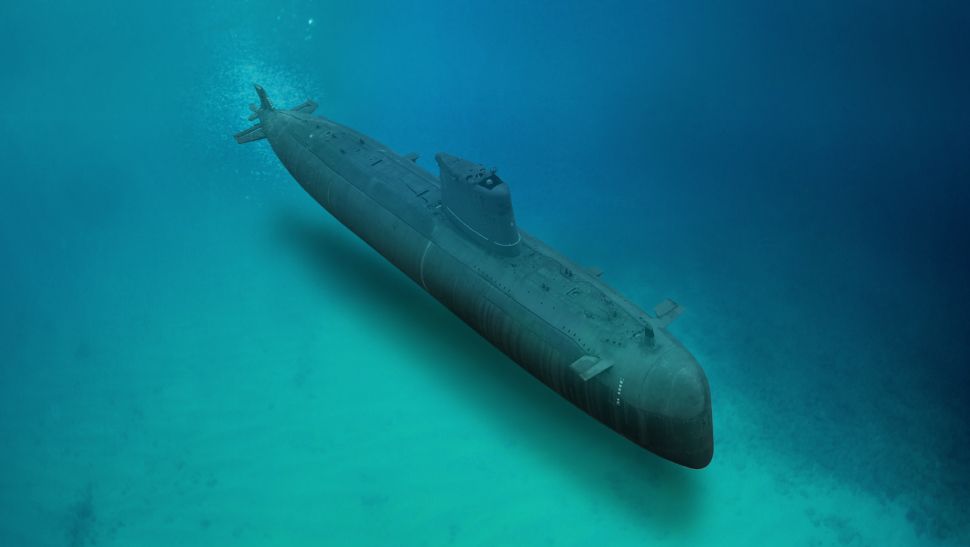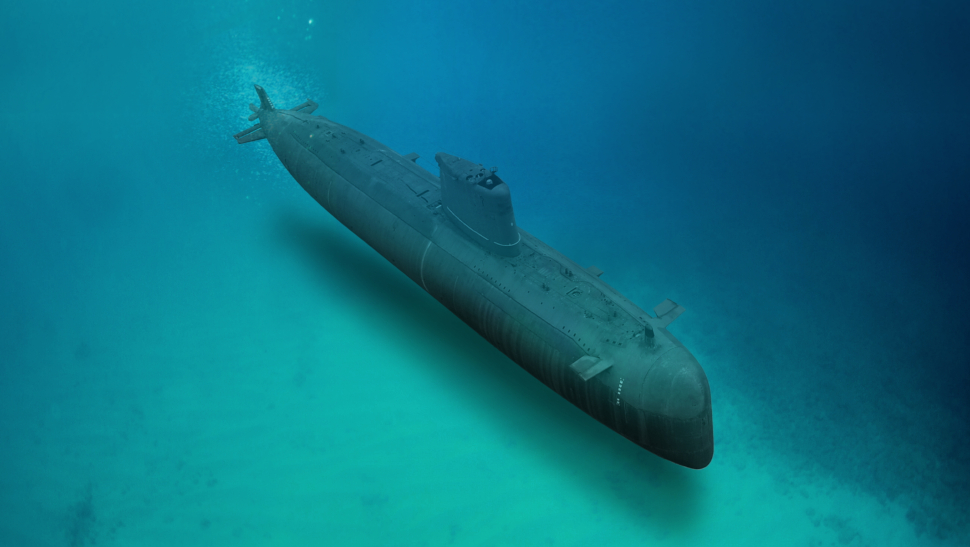Physical Address
304 North Cardinal St.
Dorchester Center, MA 02124
Physical Address
304 North Cardinal St.
Dorchester Center, MA 02124


The rise of AI is expected to reduce the effectiveness of nuclear stealth attack submarines.
These billion-dollar advanced subs, designed to operate undetected in hostile waters, have long been at the forefront of naval defense. However, AI-driven advancements in sensor technology and data analytics are threatening their hidden capabilities, potentially making them less effective.
An article of Foreign Policy and IEEE spectrum now says AI systems can process large amounts of data from distributed sensor networks, far exceeding the capabilities of human operators. Quantum sensors, underwater surveillance arrays, and satellite-based imagery now collect detailed environmental data, while AI algorithms can identify even subtle anomalies, such as disturbances caused by submarines. Unlike human analysts, who might overlook minor patterns, AI excels at spotting these small changes, increasing the effectiveness of detection systems.
The growing role of AI could challenge the stealth of submarines like those of the Virginia class, which rely on sophisticated engineering to minimize their detectable signatures.
Noise-dampening tiles, vibration-reducing materials and pump-jet thrusters are designed to evade detection, but AI-enabled networks are increasingly able to overcome these methods. The ubiquity of passive sensors and continued improvements in computational performance are increasing the reach and resolution of these detection systems, creating an environment of high transparency in the oceans.
Despite these advances, the game of cat and mouse persists as countermeasures are inevitably developed to overcome AI detection.
These tactics, as explored in the Foreign Policy and IEEE spectrum piece, includes noise-camouflaging techniques that mimic natural marine sounds, deploying unmanned underwater vehicles (UUVs) to create diversions, as well as cyberattacks aimed at corrupting the integrity of AI algorithms. Such methods seek to confuse and overwhelm AI systems, maintaining an advantage in submarine warfare.
As artificial intelligence technology evolves, nations must weigh the rising costs of nuclear stealth submarines against the potential for their obsolescence. Countermeasures may provide a temporary degree of relief, but the growing prevalence of passive sensors and AI-driven analysis suggests that traditional undersea stealth is likely to face diminishing returns in the long term.